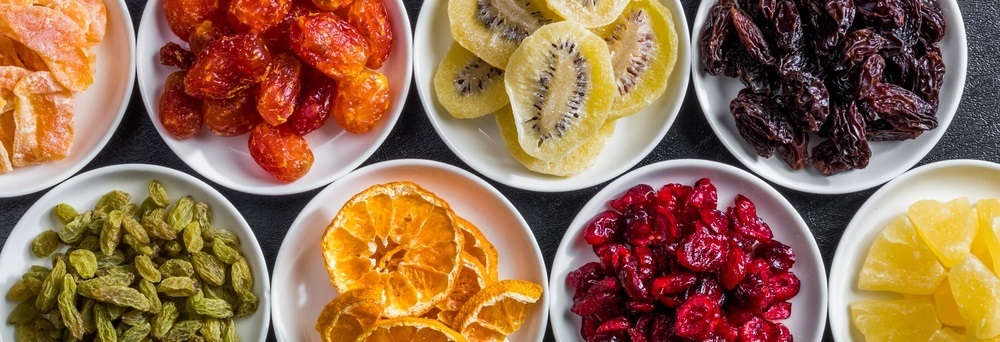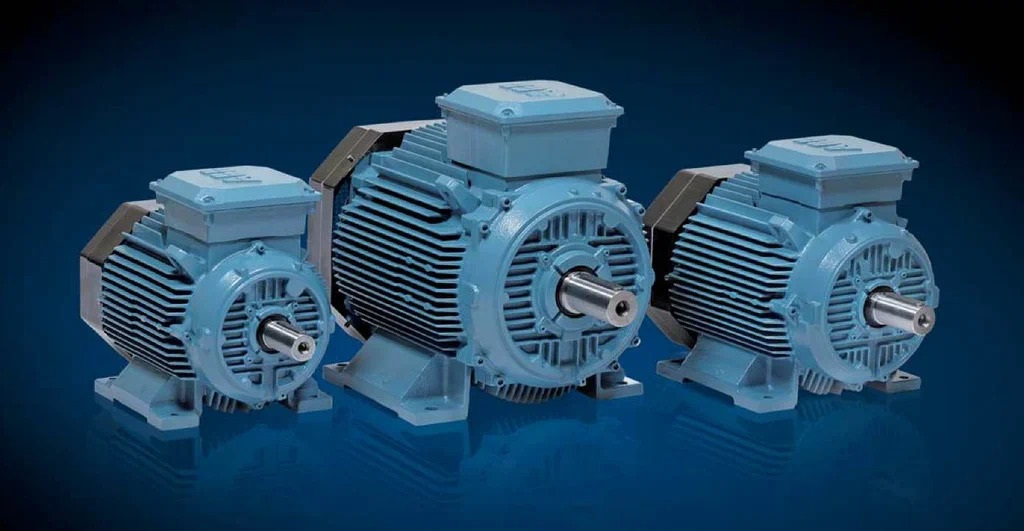Honey pasteurizer - 250-2000 kg/h
Honey is one of the most popular and valuable gifts from nature. Its unique taste qualities and diverse health benefits make it a desirable and sought-after product on the market. However, honey is also a product that naturally undergoes crystallization and can be contaminated with microorganisms. This is where honey pasteurization plays a crucial role in preserving its purity and beneficial properties.
What is honey pasteurization and why is it necessary?
Honey pasteurization is the process of heating honey to a specific temperature, followed by rapid cooling, with the aim of destroying microorganisms and delaying the crystallization process. This process helps to maintain the natural quality of honey and extend its shelf life.
Advantages of honey pasteurization:
- Microorganism destructionô - some amount of microbes and bacteria may be present in honey. Pasteurization kills these microorganisms, making the honey safe for consumption.
- Prevention of crystallizationô - Pasteurization slows down the crystallization process, allowing honey to remain in its liquid state which is more convenient for use.
- Quality preservationô - Pasteurization helps preserve the taste and nutritional qualities of honey, maintaining its value and attractiveness to consumers.
- Extended shelf lifeô - Pasteurized honey has a longer shelf life compared to unpasteurized honey, allowing the product to retain its properties and quality for a longer period.
Honey pasteurization process
Stage 1ô ã Preparation. Honey should be well-filtered and purified from impurities before pasteurization.
Stage 2ô ã Heating. Honey undergoes heating to a specific temperature, usually around 63ô¯C (145ô¯F).
Stage 3ô ã Cooling. After heating, honey is rapidly cooled to halt any further heat processing and maintain the product's quality.
Stage 4ô ã Packaging and storage. Pasteurized honey is packed into airtight containers and stored in a cool and dry place to preserve freshness and quality.
Pasteurization of honey is an essential process for ensuring the safety and quality of the product. It helps to eliminate microorganisms, prevent crystallization, and prolong the shelf life of honey. Pasteurization is a necessary step in honey production that allows preserving its value and ensuring consumer confidence in its quality.
Equipment used for honey pasteurization
Aô honey pasteurizerô is a specialized device designed for the thermal treatment of honey to destroy microorganisms (bacteria, yeast, mold) and reduce the moisture content, thereby increasing its stability and shelf life. The pasteurization process helps to keep honey in a qualitative state, avoiding fermentation and preserving its natural properties.
The use of a pasteurizer during honey processing can be driven by the individual preferences of consumers for a more liquid honey as well. Heating honey and rapidly cooling it with a flow pasteurizer allows it to remain in a liquid state for a longer period. Additionally, the pasteurization method only has a minor impact on the HMF index (which measures the presence of sugar degradation in the final product) - its value remains low.
The principle of operation of a honey pasteurizer
Loading honey:ô the initial stage involves loading raw honey into a special container or a reservoir of the pasteurizer using a pump for viscous products. The honey then passes through a coarse filtration system into a tubular heat exchanger within the heating system.
Heating:ô The honey undergoes a gradual heating process to reach a specific temperature, typically around 63-75ô¯C (145-167ô¯F). The precise temperature is determined by the honey type and is carefully controlled to achieve the optimal pasteurization effect. In our pasteurizer, water functions as the heat carrier for the heating system, circulating around the tubes through which the honey flows.
Cooling:ô After heating, the honey is passed through a system of pipelines and a fine filtration system to reach a tubular heat exchanger within the cooling system, where it undergoes gradual cooling. Cold water is used as the heat carrier for the cooling system which has a temperature not exceeding 7 degrees Celsius.
Packaging and storage:ô After pasteurization, when the honey reaches room temperature, it is ready for packaging. Honey can be stored in various containers, such as glass jars, plastic bottles, or other packaging materials.
It's important to note that honey pasteurization is a gentle method of heat processing that minimizes the impact on both quality and nutritional properties of the honey. While pasteurization may bring about subtle changes in some sensory aspects such as aroma and color, these adjustments are usually minor. Crucially, they don't compromise the overall beneficial properties of honey, ensuring that the final product maintains its essential characteristics.
We also offer a diverse range ofô honey processing equipment, tailored to meet the unique requirements of each stage within industrial honey processing.

















